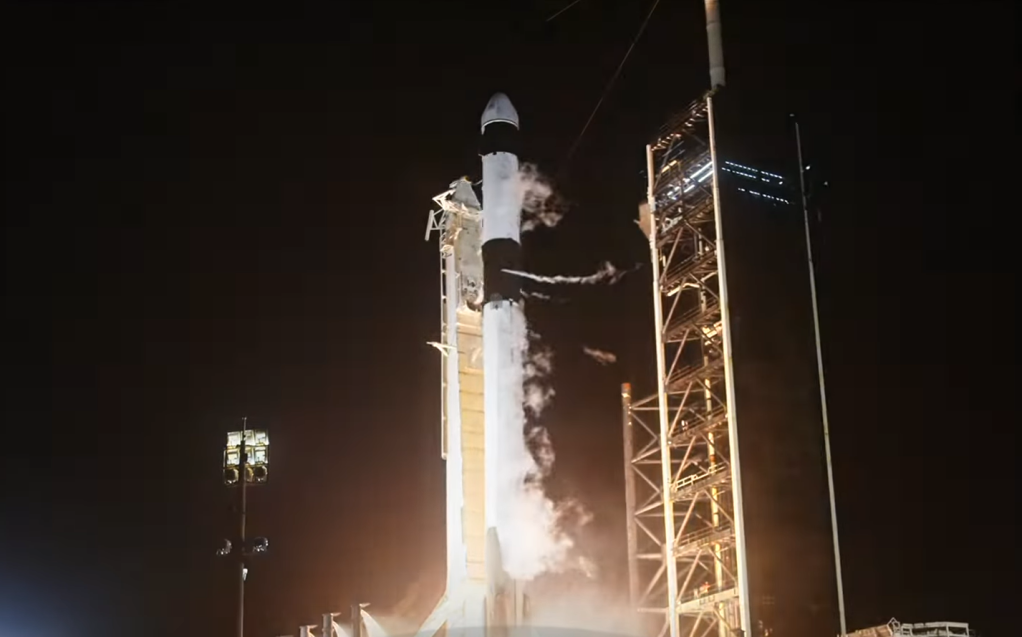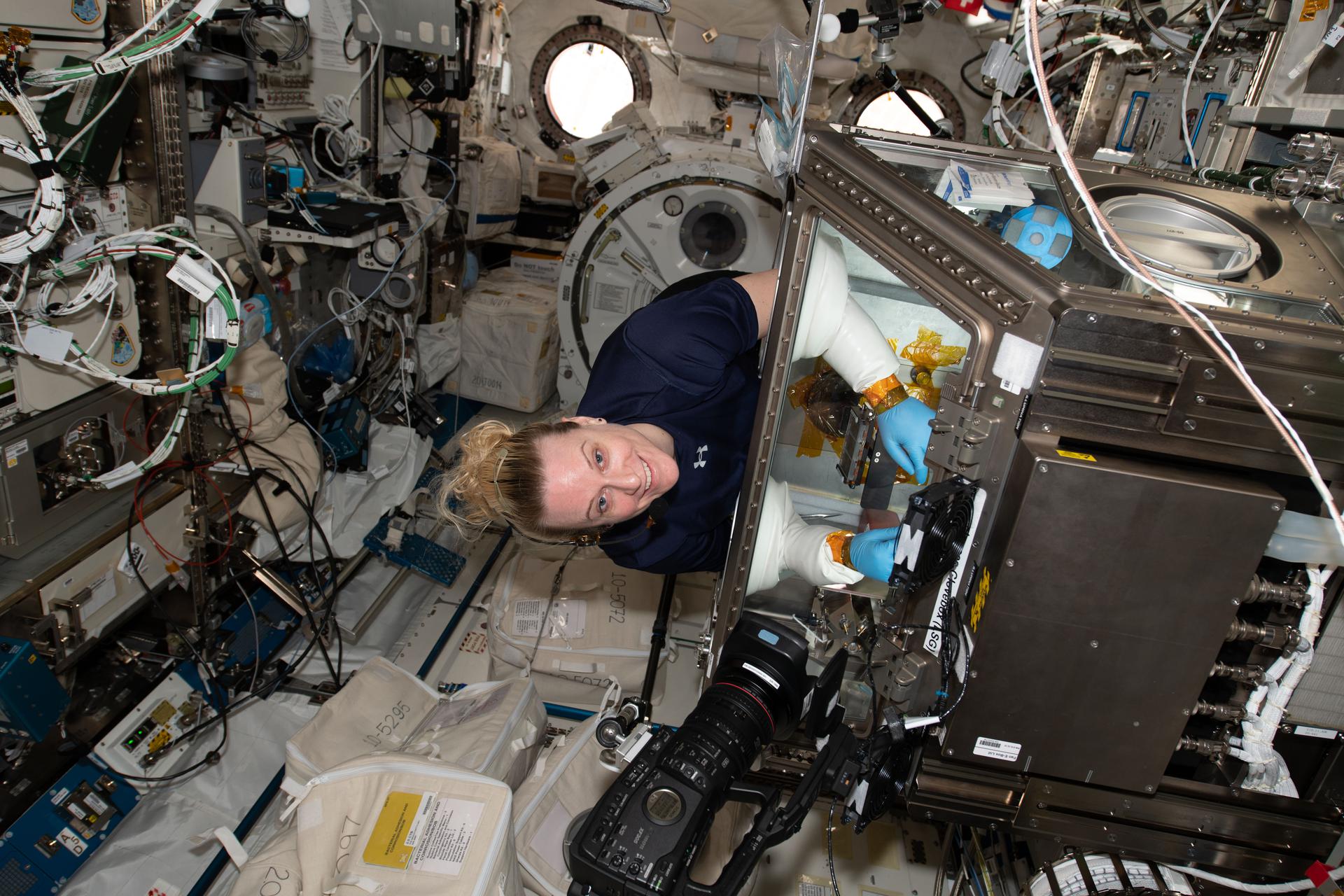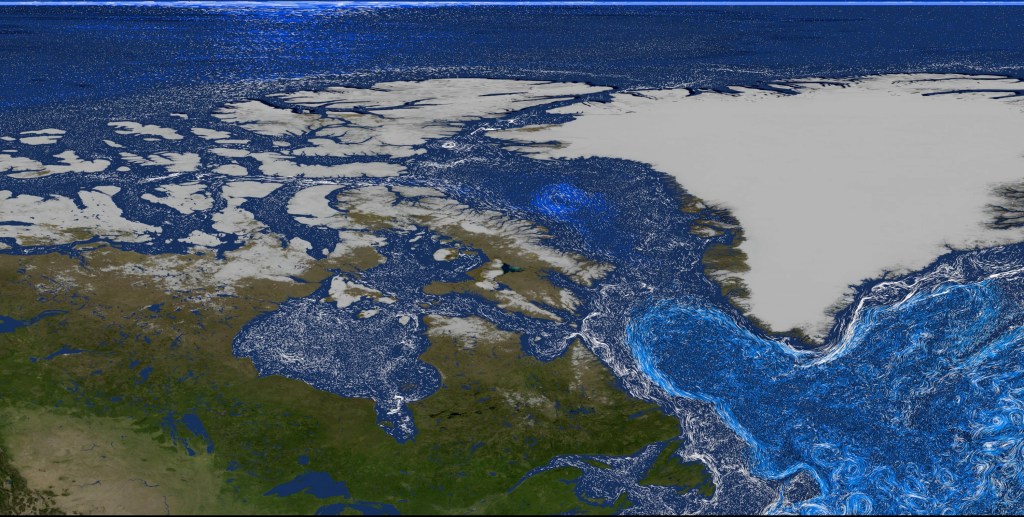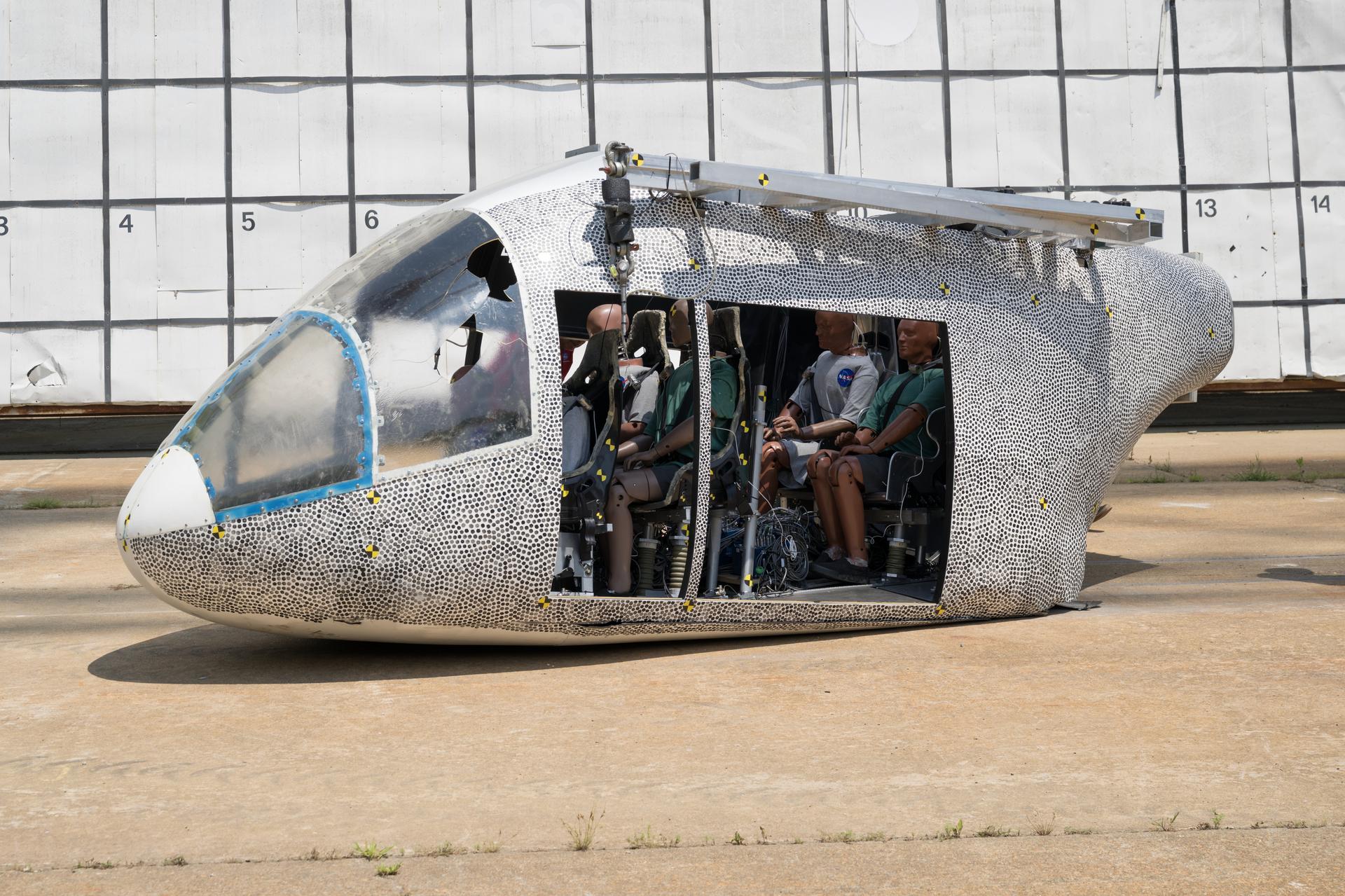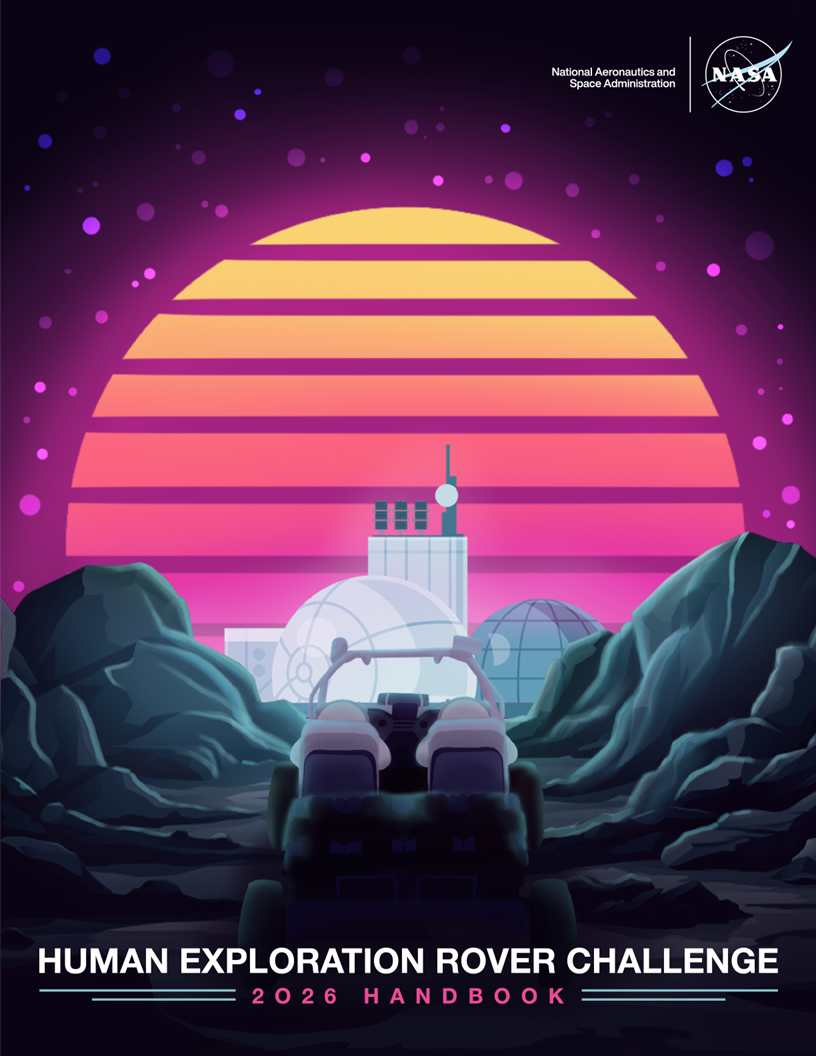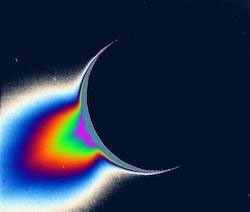Cassini at Enceladus: Overview
For decades, scientists didn’t know why Enceladus was the brightest world in the solar system, or how it related to Saturn’s E ring. Cassini found that both the fresh coating on its surface, and icy material in the E ring originate from vents connected to a global subsurface saltwater ocean that might host hydrothermal vents.
Key Points
◆ Saturn’s moon Enceladus is a small, icy body, but Cassini revealed this ocean world to be one of the solar system’s most scientifically interesting destinations.
◆ Cassini discovered that geyser-like jets spew water vapor and ice particles from an underground ocean beneath the icy crust of Enceladus.
◆ With its global ocean, unique chemistry and internal heat, Enceladus has become a promising lead in our search for worlds where life could exist.
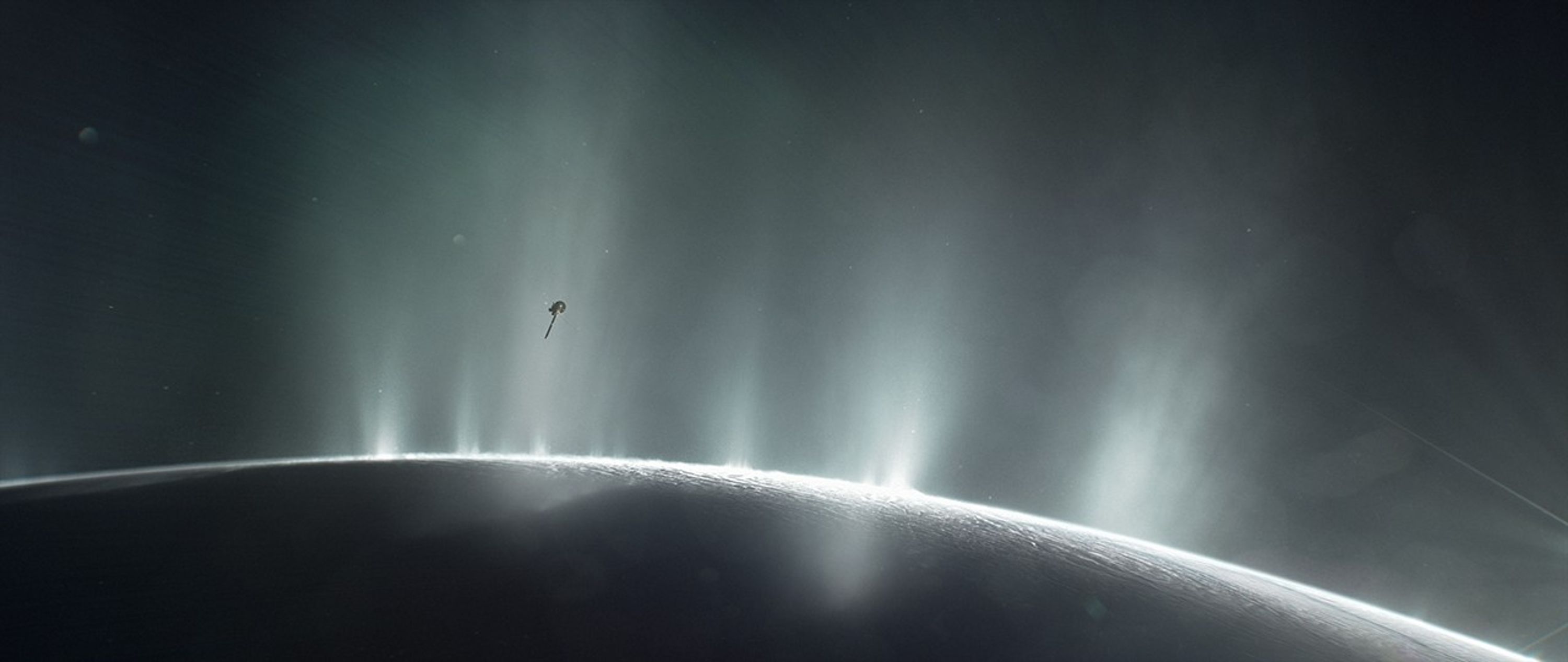
Before Cassini
Before Cassini arrived at the Saturn system, planetary explorers only had hints that something interesting might be happening at Enceladus. Pictures from the Voyager spacecraft in the 1980s indicated that although this moon is small—only about 310 miles (500 kilometers) across—its icy surface is remarkably smooth in some places, and bright white all over. In fact, it’s the most reflective body in the solar system.
It was data from the magnetometer aboard the Cassini spacecraft that prompted scientists to take a closer look at Enceladus with a targeted flyby. Something—perhaps an atmosphere—was pushing against Saturn's magnetic field near Enceladus. This meant gases may have been originating from the moon's surface or interior.
Cassini revealed the dramatic truth: Enceladus is an active moon that hides a global ocean of liquid salty water beneath its crust. What’s more, jets of icy particles from that ocean, laced with a brew of water and simple organic chemicals, gush out into space continuously from this fascinating ocean world. The material shoots out at about 800 miles per hour (400 meters per second) and forms a plume that extends hundreds of miles into space. Some of the material falls back onto Enceladus, and some escapes to form Saturn’s vast E ring.
The E ring is mostly made of ice droplets, but among them are peculiar nanoparticles. Cassini detected these passing silica nanograins, which can only be generated where liquid water and rock interact at temperatures above 90 degrees Celsius (about 200 degrees F). This points to hydrothermal vents deep beneath Enceladus’ icy shell, not unlike the hydrothermal vents that dot the ocean floor here on Earth.
“Enceladus discoveries have changed the direction of planetary science,” said Linda Spilker, Cassini project scientist at NASA’s Jet Propulsion Laboratory. “Multiple discoveries have increased our understanding of Enceladus, including the plume venting from its south pole; hydrocarbons in the plume; a global, salty ocean and hydrothermal vents on the seafloor. They all point to the possibility of a habitable ocean world well beyond Earth’s habitable zone. Planetary scientists now have Enceladus to consider as a possible habitat for life.”
Enceladus discoveries have changed the direction of planetary science.

Linda spilker
Cassini Project Scientist
These findings first began to take shape in 2005, when Cassini’s cameras obtained the first-ever detailed images of the south polar region of Enceladus. The pictures revealed a surprisingly youthful and complex terrain, almost entirely free of impact craters. The area was littered with house-sized ice boulders and surfaces carved by tectonic patterns unique to this region of the moon. To their amazement, scientists detected a huge cloud of water vapor over the area and relatively warm fractures in the crust that are supplying the cloud of water vapor and ice particles that extend into space. They came to informally call the deep crevasses “tiger stripes.” Later image analysis provided conclusive evidence that the jets originate near the hottest spots on the tiger stripe fractures (also known as "sulci").
During a close flyby in 2008, Cassini's instruments sampled the plume directly and detected a surprising mix of volatile gases, water vapor, carbon dioxide and carbon monoxide, as well as organic materials. The density of organic materials was about 20 times denser than expected.
Over time, scientists determined that the cracked terrain stretching across Enceladus’ active south pole is in constant motion, stretching in some places and buckling in others as the cracks pinch and pull from gravitational forces. It is possible Enceladus is heated by a tidal mechanism similar to Jupiter's moon Io.
Scientists discovered evidence of Enceladus’ internal ocean from gravity measurements based on the Doppler effect and the magnitude of the moon’s very slight wobble as it orbits Saturn. The data was consistent with the existence of a large global ocean inside the moon. The measurements suggested a large sea about 6 miles (10 kilometers) deep beneath the southern polar region, under an ice shell about 19 to 25 miles (30 to 40 kilometers) thick.
Cassini flew by Enceladus for the last time in October 2015, but explorers will be poring over the data it sent home for years to come, planning for the day we return to delve deeper into its secrets.
“As we continue to learn more about Enceladus, and compare data from different instruments, we are finding more and more evidence for a habitable ocean world,” Spilker said. “If life is eventually discovered in Enceladus’ ocean by a mission after Cassini, then our Enceladus discoveries will have been among the top discoveries for all planetary missions.”




